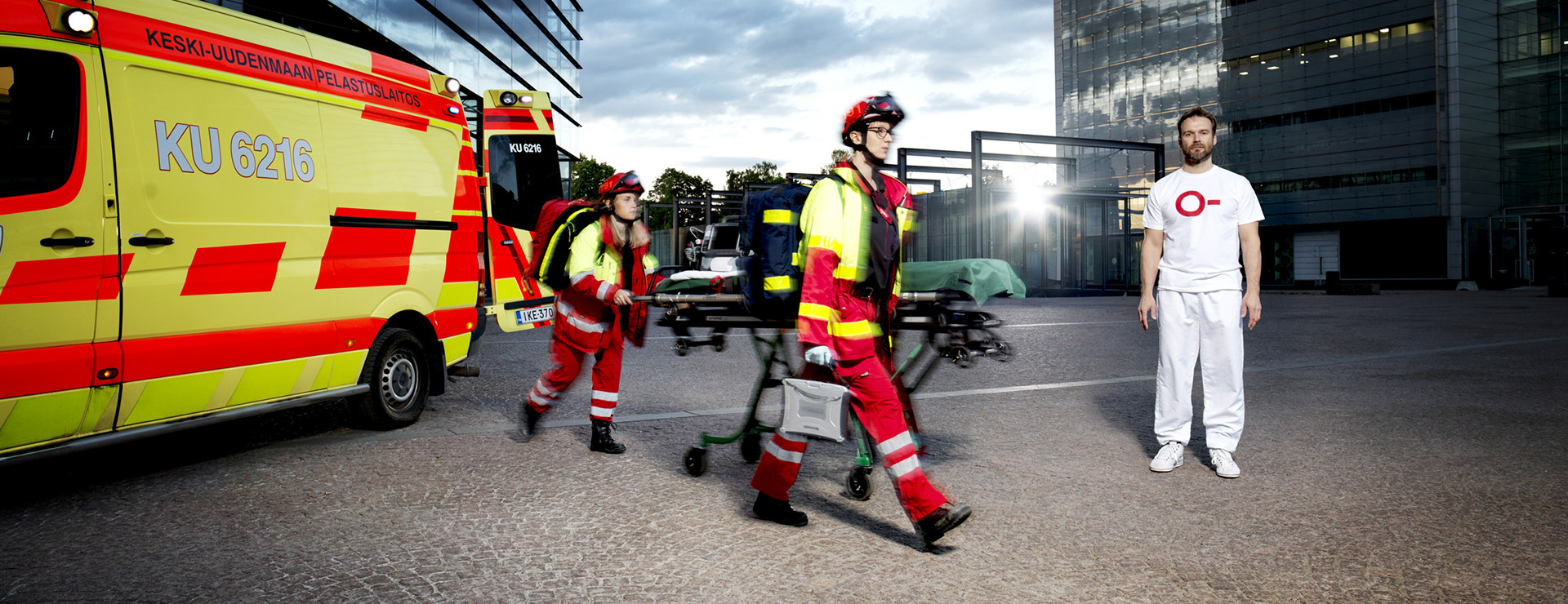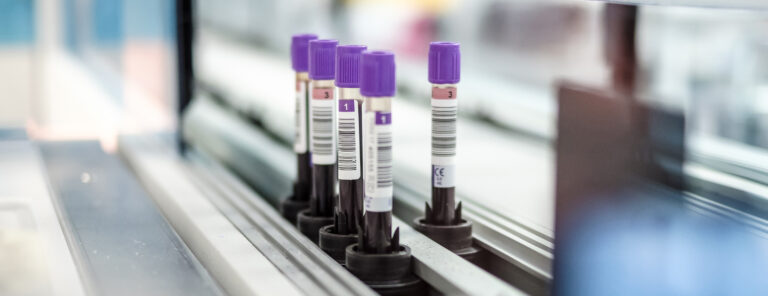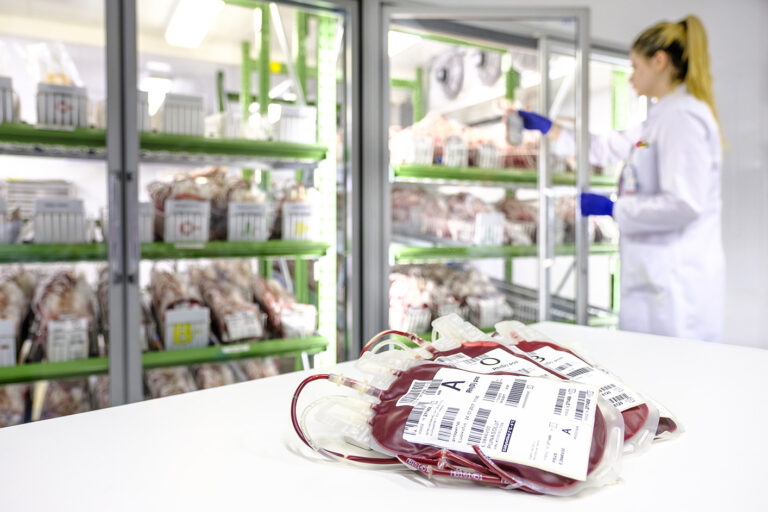Information about blood groups
Blood groups are a way of grouping blood types based on the characteristics of blood red cells and serum antibodies. ABO, Rh and Kell blood groups are determined for all blood donors.
The eight basic blood groups
Blood belongs to one of four ABO blood groups, i.e., to blood group A, B, O or AB. Each of these four blood groups is further classified according to the rhesus factor (rhesus D factor) into Rh D positive and Rh D negative.
There are eight basic blood groups in total: A+, A-, O-, O+, AB+, AB-, B- and B+.
The most common blood groups in Finland are A+ and O+. The least common among Finns is AB-
The ABO system is the most important and well-known method for defining a person’s blood group. In addition to this, there are also other blood group factors. Blood groups are groupings of blood types based on the characteristics of blood red cells and serum antibodies. In total, more than 35 other systems can be used to determine a person’s blood group.
Blood groups in Finland
In Finland, the most common blood group is A+ and the rarest is AB-. Blood groups in Finland are divided as follows:
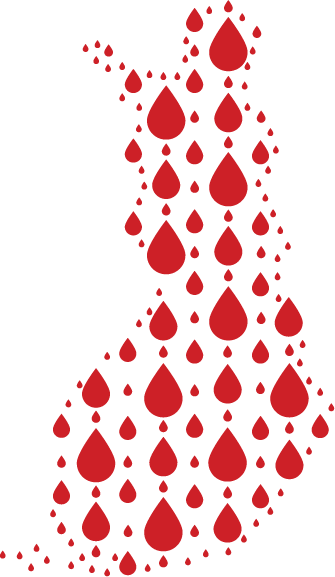
Rh D positive blood groups:
A+ 35%
O+ 28%
B+ 16%
AB+ 7%
Rh D negative blood groups:
A- 6%
O- 5%
B- 2%
AB- 1%
Usually, patients need blood products in accordance with the general distribution of blood groups in Finland, because blood transfusion patients are primarily given blood that matches their own blood group. In other words, the most common blood groups A+ and O+ are used the most. Emergency blood, O-, is an exception because as the universal blood type, it can be given to all patients and is therefore given more often.
Blood groups vary across the population and have no impact on a person’s health.
What’s my blood group?
You can find out your blood group by donating blood. You do not need to know your blood group before you donate. The blood you donate is examined to find your blood group.
You can find out your blood group the fastest by downloading the Donor app to your phone, where the blood group information will be visible the day after your first donation. If you do not download the app, you will receive information about your blood group during your next donation or you can inquire about it from the free donor information phone at 0800 0 5801 (Mon–Fri 8am–5pm).
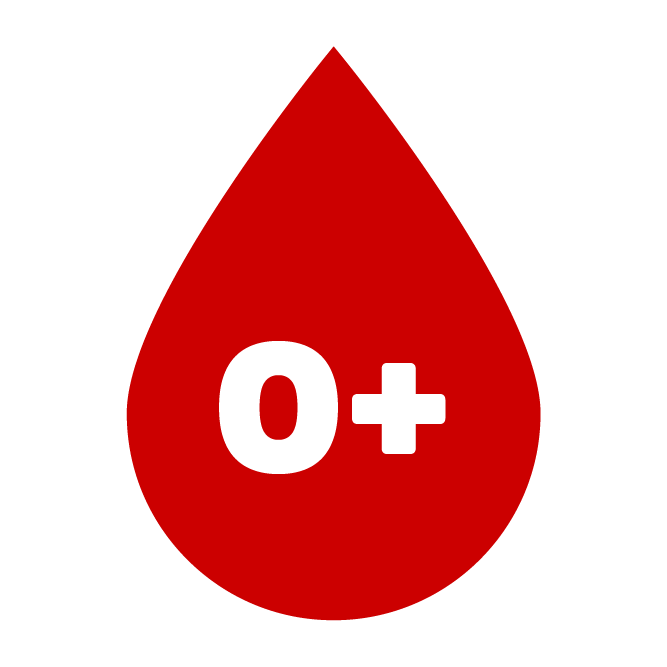
You’re popular! Over a quarter of Finns share the same blood type as you. Your blood can be given to all RhD-positive patients.
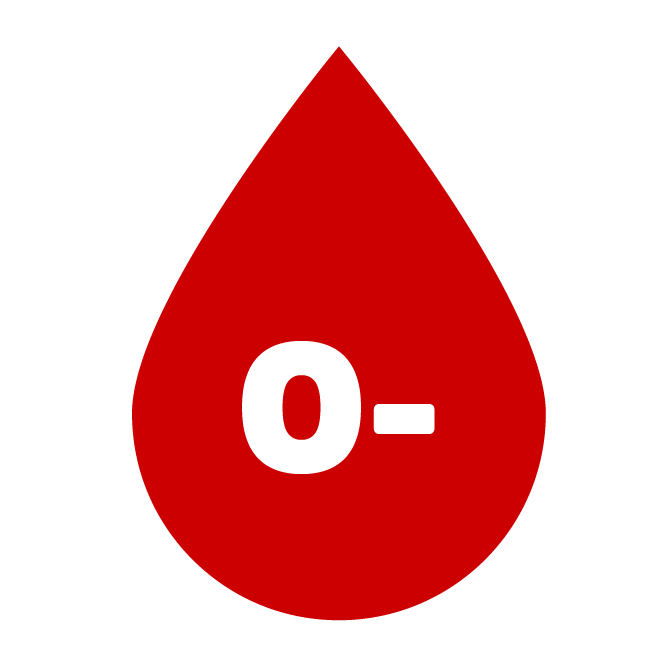
You’re a true lifesaver! Your blood type can be given to anyone, which is why it’s used as emergency blood in surgeries and accidents.
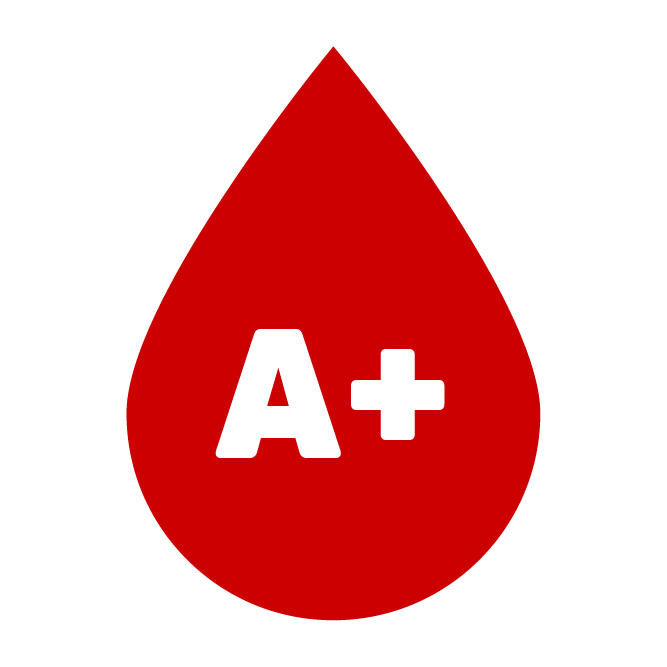
You belong to the most common blood group in Finland. This means you can help many people!
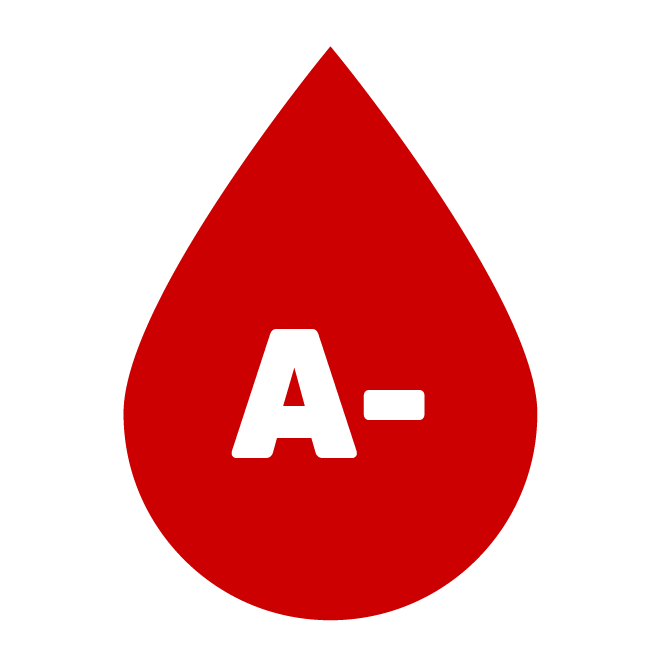
The all-rounder of blood groups! Only a few Finns share your blood type, but you can help many.
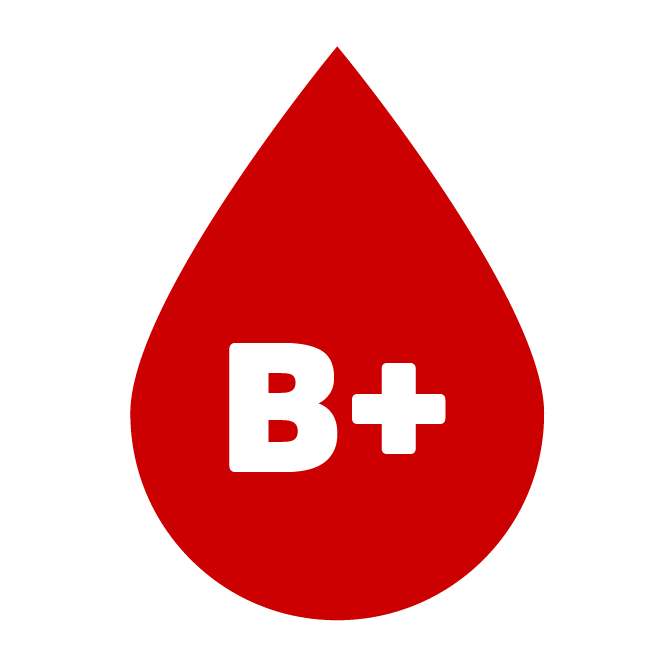
Your blood type isn’t the most common, but it’s still very important. By donating blood, you can help many patients.
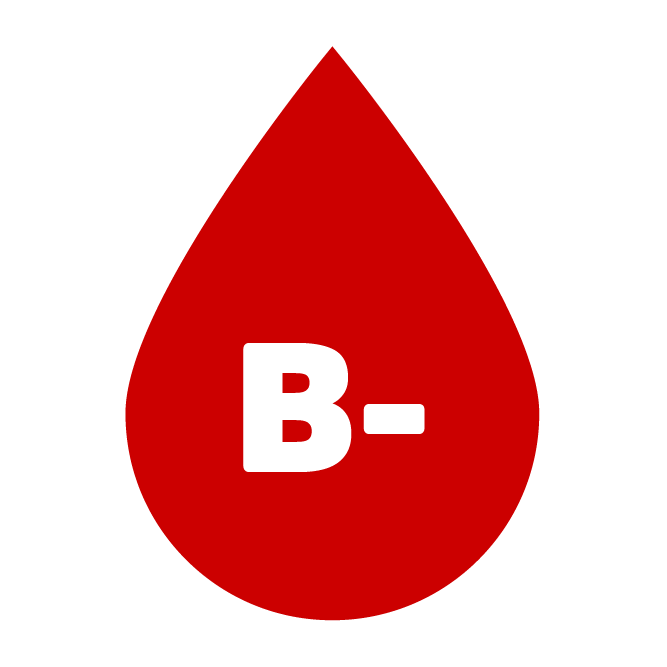
Only a small portion of Finns share your blood type. You are an important and much-needed donor!

You are a valuable donor! Your blood is urgently needed in situations where a patient can only receive exactly the same blood type.
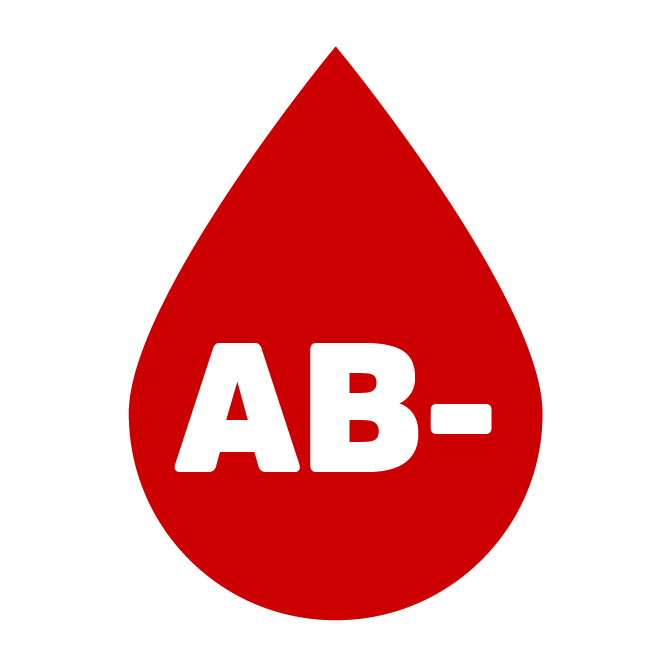
The rarest of them all! Only 1% of Finns share your blood type. By donating, you are doing valuable work.
Incompatible blood can endanger a patient
Receiving blood from a wrong blood group can cause a haemolytic reaction in a patient. The reaction occurs when the antibodies in the patient’s blood destroy the transfused red blood cells. This can cause various symptoms, such as fever and shortness of breath, and in the worst case the reaction can lead to kidney damage or even death.
In an emergency, patients are always first given red blood cells from the O Rh D negative blood group, as they are suitable for everyone. This is why O negative blood, also known as emergency blood, is needed more than other blood groups.
However, donors from all blood groups are needed every day. The hospital examines a patient’s blood group quickly, after which the patient receives red blood cells from their own blood group.
The table below shows which blood group can be given to which patient.
Blood groups and compatibilities
| Patient’s blood group | Donor’s blood group |
|---|---|
| O- | O- |
| O+ | O-, O+ |
| B- | B-, O- |
| B+ | B+, B-, O+, O- |
| A- | A-, O- |
| A+ | A+, A-, O+, O- |
| AB- | AB-, A-, B-, O- |
| AB+ | AB+, AB-, A+, A-, B+, B-, O+, O- |
Inheriting blood groups
Blood groups are a genetic characteristic, inherited from both parents. A child may therefore have a different blood group from their parent. For example, a child can inherit the gene for blood group O, even if their parent’s blood group is A. Sex plays no role in which blood group you inherit.
